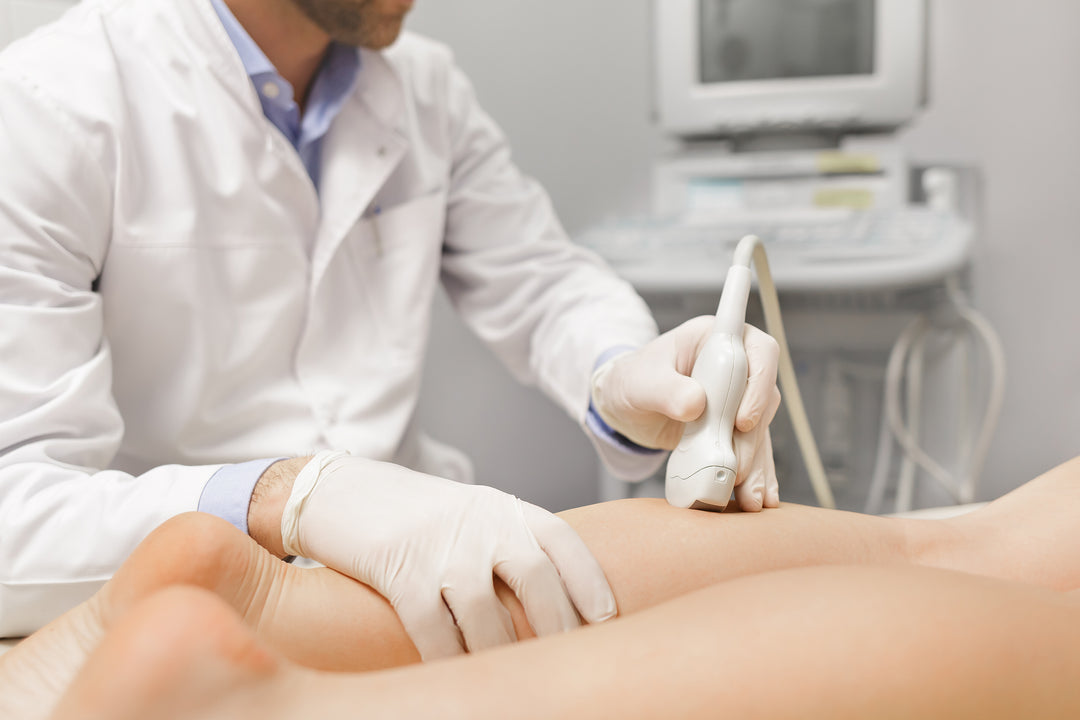
Venous DVT Ultrasound
Quick summary:
Noninvasive ultrasound of the leg veins to detect deep vein thrombosis (DVT) using compression and Doppler. Cash-only, transparent pricing, with results explained during your visit and a radiologist report within 24 hours.
📞 Call Us: (805)410-4203
Why choose LuxER for this scan
- Concierge access: Same/next-day appointments, no waiting.
- All-inclusive price: Scan + radiologist interpretation—no hidden fees.
- Expert team: Performed by experienced sonographers
- Fast results: Preliminary guidance in visit; full written report in 24 hours.
- Hospital-grade equipment with B-mode, color, and spectral Doppler.
What this scan assesses
A focused duplex ultrasound of one limb (choose left or right) evaluating the common femoral, femoral, popliteal, posterior tibial, and peroneal veins (and iliac/femoral junctions as visualized) to:
- Detect acute or chronic thrombus
- Assess compressibility, vein caliber, and Doppler flow
- Identify superficial thrombophlebitis when present near the deep system
All scans are carried out by highly experienced clinicians, with results explained during your appointment and a full written report delivered within 24 hours.
📞 Call Us: (805)410-4203
Medical disclaimer
This study is for medical screening/diagnostic assessment and does not replace care from your primary physician or specialist. Abnormal findings may require treatment or additional testing. If you have sudden chest pain, shortness of breath, coughing blood, fainting, or severe leg swelling, call 911—these may be signs of a pulmonary embolism.
What’s included
- Unilateral Venous Duplex (DVT) – one limb
- On-site explanation of initial findings when possible
- Board-certified radiologist report within 24 hours
- Secure link to images (CD on request)
Typical duration: 20–30 minutes
How to prepare
- No fasting needed.
- Avoid wearing compression stockings for 2 hours before your exam (bring them to re-apply afterward if prescribed).
- Wear loose shorts or clothing that can roll above the groin and knee.
Who this scan can help
- Leg pain/swelling, warmth, redness, or tenderness
- Recent surgery, long travel/immobility, pregnancy/post-partum, cancer therapy, or known clotting disorders
- Follow-up of a known DVT (as directed by your clinician)
📞 Call Us: (805)410-4203
Not the right fit?
For arterial circulation symptoms (cold feet, calf pain with walking), see ABI/Peripheral Arterial. For aneurysm screening, see Aorta AAA Screen. For stroke/TIA risk assessment, see Carotid Duplex.
